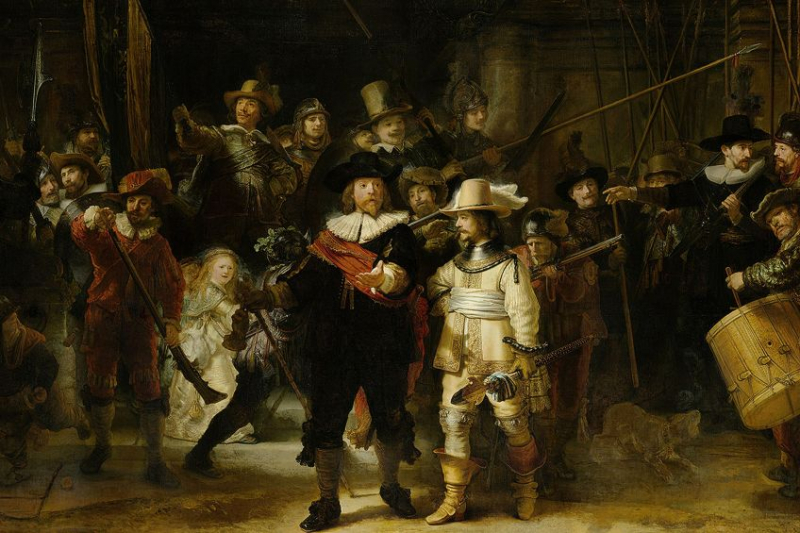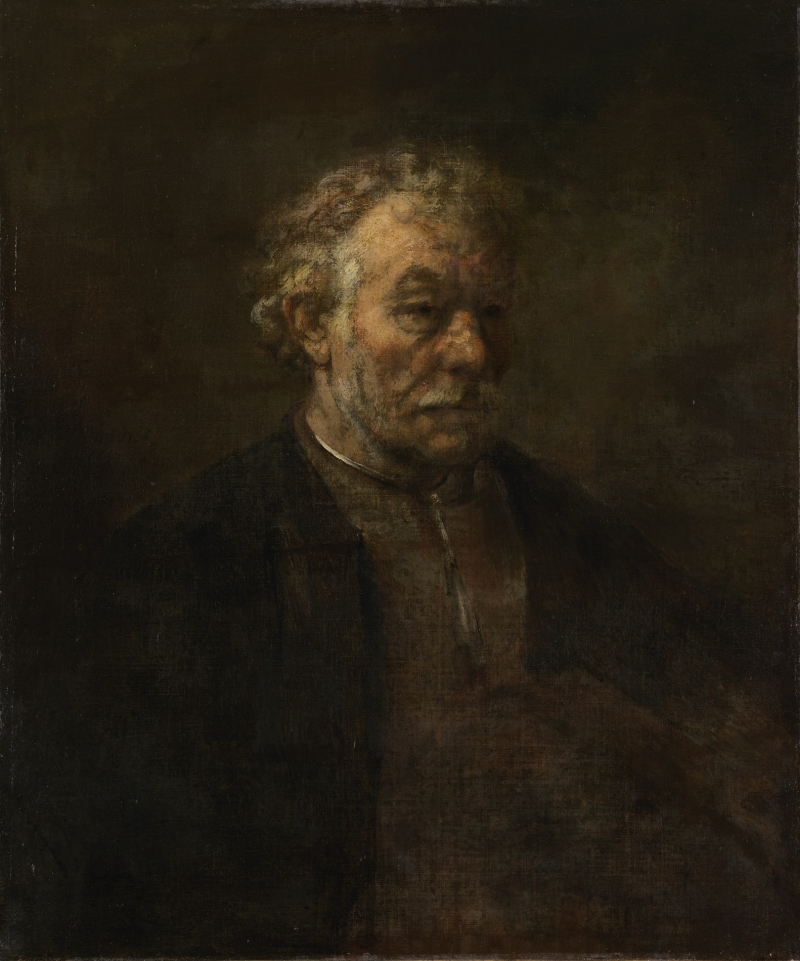He was a master of 3 particular types of artforms
Unlike most 17th-century Dutch masters, Rembrandt's works cover a wide range of style and subject matter, including portraits and self-portraits, landscapes, genre scenes, allegorical and historical scenes, biblical and mythological themes, and animal studies. His contributions to art occurred during the Dutch Golden Age, a period of great wealth and cultural achievement when Dutch art (particularly Dutch painting), while antithetical to the Baroque style that dominated Europe, was prolific and innovative. This epoch saw the emergence of significant new genres. Rembrandt, like many other Dutch Golden Age artists such as Jan Vermeer, was an avid art collector and dealer.
Rembrandt's artistic abilities were not limited to painting; he was also a master etcher and draughtsman. He is even regarded as one of history's greatest etchers, transforming etching from a simple reproduction technique into a true form of art.
Rembrandt never traveled outside of the Netherlands, but he was greatly influenced by the work of Italian masters and Dutch artists who had studied in Italy, such as Pieter Lastman, the Utrecht Caravaggists, Flemish Baroque, and Peter Paul Rubens. Rembrandt's later years were marked by personal tragedy and financial hardships after achieving youthful success as a portrait painter. Nonetheless, his etchings and paintings remained popular throughout his lifetime, his reputation as an artist remained high, and he taught many important Dutch painters for twenty years.
His legacy is that of a prolific and versatile artist whose works cover a wide range of subjects and techniques. His greatest talent is widely regarded as his compassion and expression of the human condition in all of its facets. He has therefore been referred to as “One of the great prophets of civilization!”










